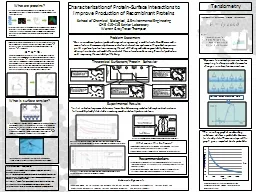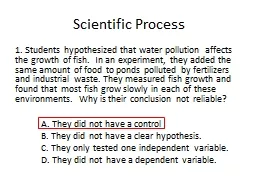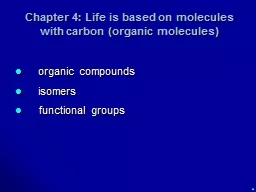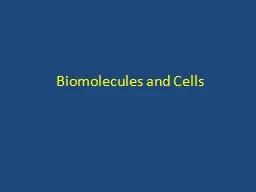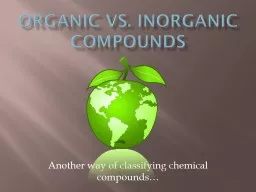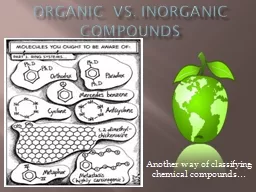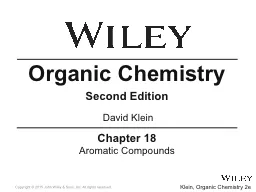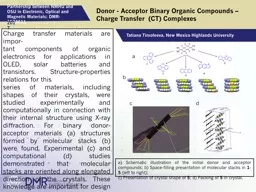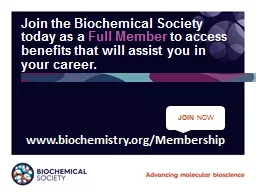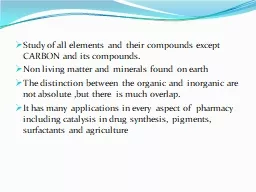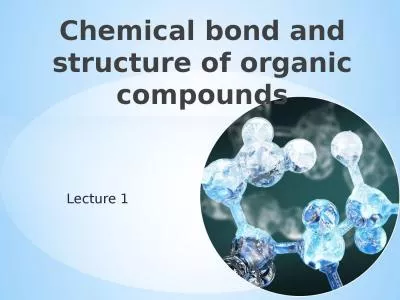PPT-What are proteins? Large organic compounds which are responsible for catalyzing biochemical
Author : ellena-manuel | Published Date : 2019-02-04
structure mobility and function for cells What is surface tension Have you ever seen one of these insects The Gerridae family or Water Strider takes advantage
Presentation Embed Code
Download Presentation
Download Presentation The PPT/PDF document "What are proteins? Large organic compoun..." is the property of its rightful owner. Permission is granted to download and print the materials on this website for personal, non-commercial use only, and to display it on your personal computer provided you do not modify the materials and that you retain all copyright notices contained in the materials. By downloading content from our website, you accept the terms of this agreement.
What are proteins? Large organic compounds which are responsible for catalyzing biochemical: Transcript
Download Rules Of Document
"What are proteins? Large organic compounds which are responsible for catalyzing biochemical"The content belongs to its owner. You may download and print it for personal use, without modification, and keep all copyright notices. By downloading, you agree to these terms.
Related Documents

